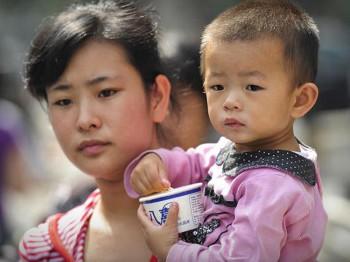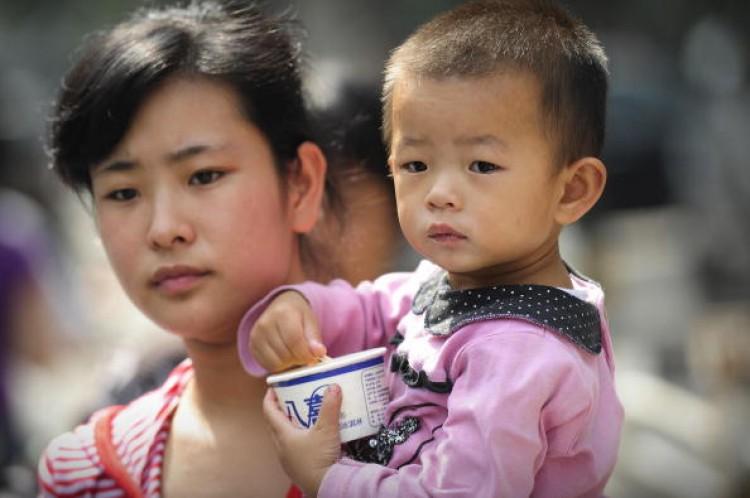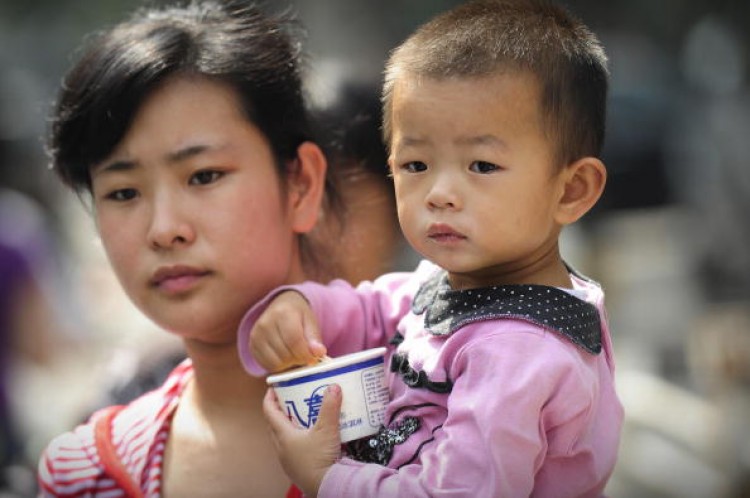China’s Consumers Fleeing Domestically Produced Milk
Consumers in China have lost trust in the domestic milk industry and in rapidly growing numbers prefer to pay more for imported milk powder than to drink fresh Chinese milk.

A mother leaves a children's hospital with her child in Beijing on September 22, 2008 as China's toxic milk scandal escalated after officials admitted nearly 53,000 children had been sickened by contaminated products and more countries moved to ban or lim Peter Parks/AFP/Getty Images
|Updated:



